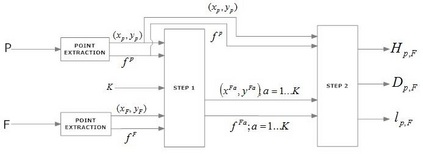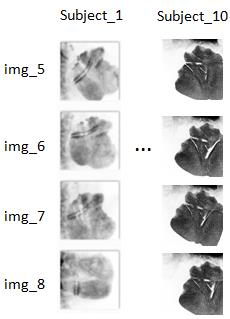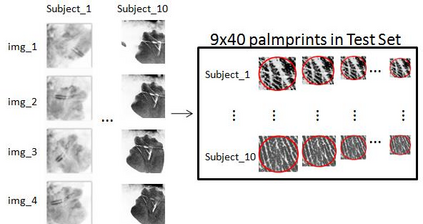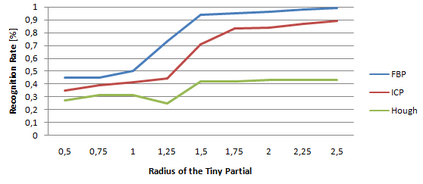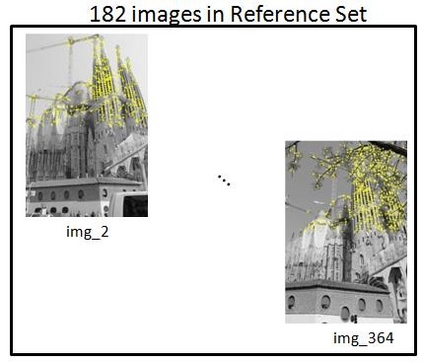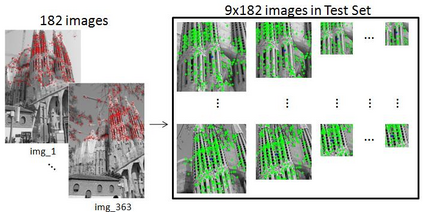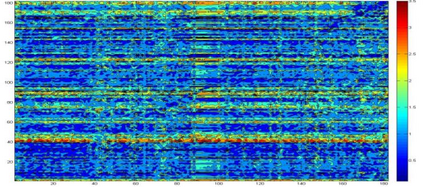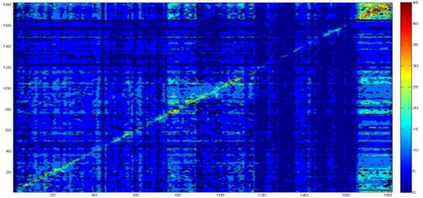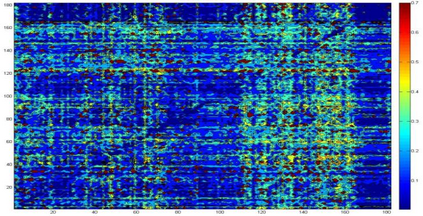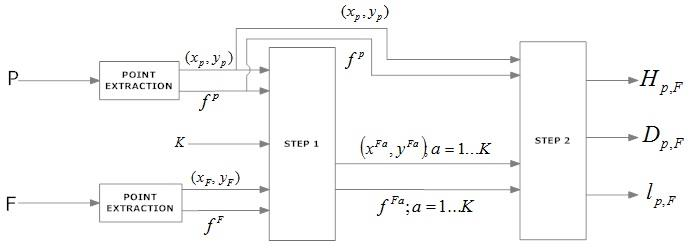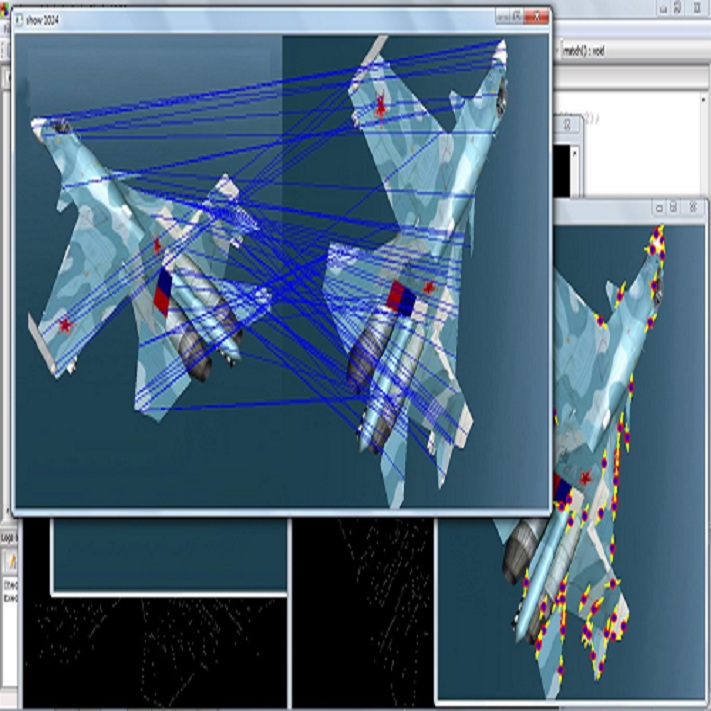Image registration is a research field in which images must be compared and aligned independently of the point of view or camera characteristics. In some applications (such as forensic biometrics, satellite photography or outdoor scene identification) classical image registration systems fail due to one of the images compared represents a tiny piece of the other image. For instance, in forensics palmprint recognition, it is usual to find only a small piece of the palmprint, but in the database, the whole palmprint has been enrolled. The main reason of the poor behaviour of classical image registration methods is the gap between the amounts of salient points of both images, which is related to the number of points to be considered as outliers. Usually, the difficulty of finding a good match increases when the image that represents the tiny part of the scene has been drastically rotated. Again, in the case of palmprint forensics, it is difficult to decide a priori the orientation of the found tiny palmprint image. We present a rotation invariant registration method that explicitly considers that the image to be matched is a small piece of a larger image. We have experimentally validated our method in two different scenarios; palmprint identification and outdoor image registration.
翻译:图像登记是一个研究领域,其图像必须与观点或相机特征分开比较和调整。在某些应用(例如法医生物鉴别学、卫星摄影或室外场景识别)中,古典图像登记系统由于一个图像的比较而失败,代表了另一个图像的一小部分。例如,在法医棕榈印刷识别中,通常只发现一小片棕榈印刷,但在数据库中,整个棕榈印刷已被录入。古典图像登记方法表现不良的主要原因是两种图像的突出点数量存在差距,这与被视为外部点的数量有关。通常,当代表现场小部分的图像被大幅旋转时,很难找到一个良好的匹配点。同样,在棕榈印刷法的案例中,很难事先决定所发现的小棕榈印刷图像的方向。我们采用了一种变式登记方法,明确认为图像相匹配的是较大图像的一小部分。我们用两种不同情景对方法进行了实验性验证;棕榈印刷识别和户外图像的登记。

